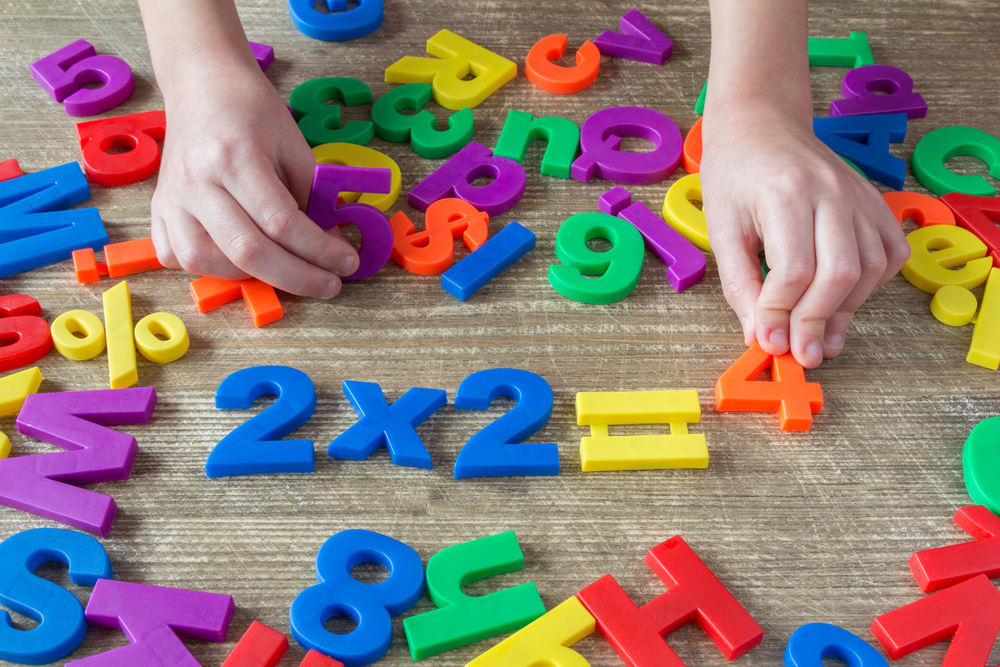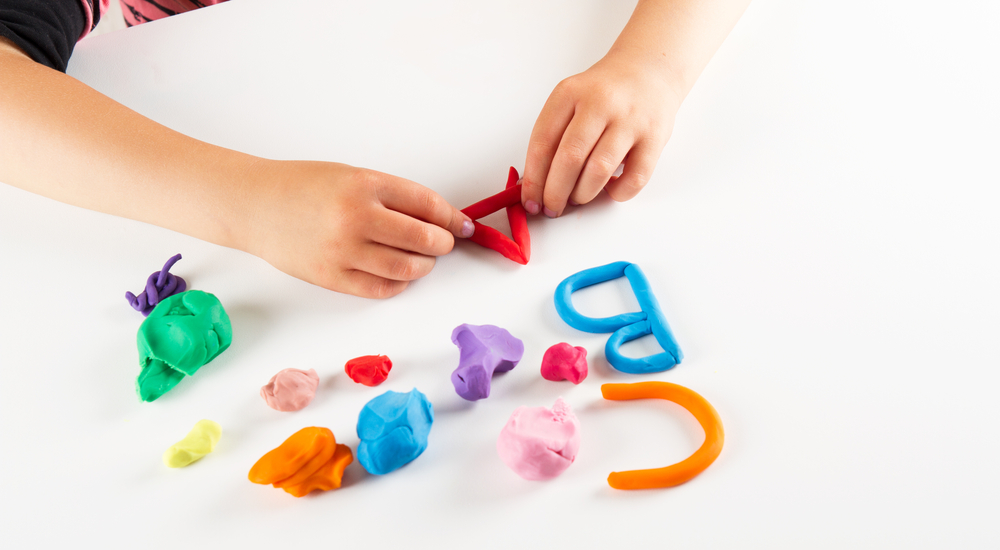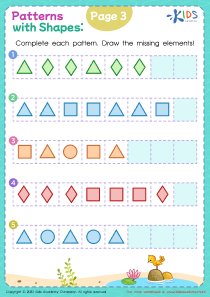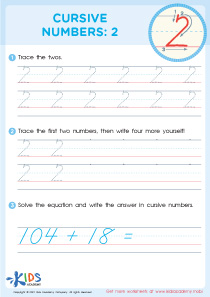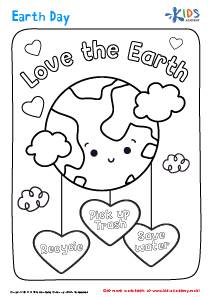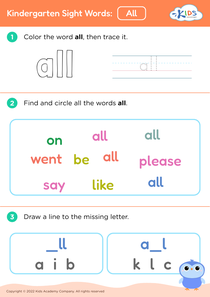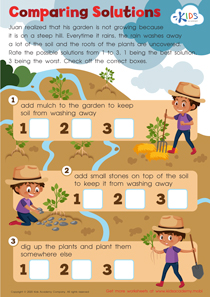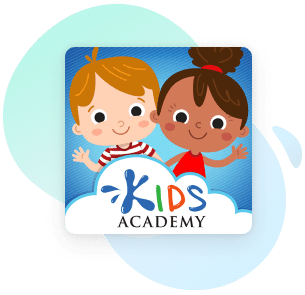Map reading skills Worksheets for Kids
19 filtered results
-
From - To
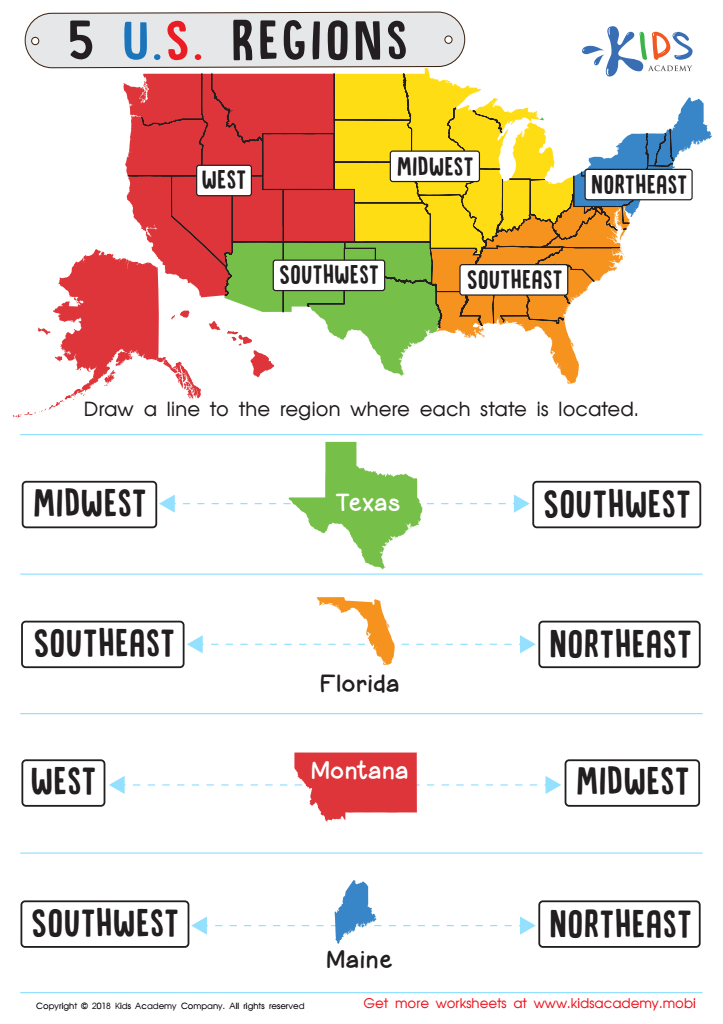

5 U.S. Regions Worksheet
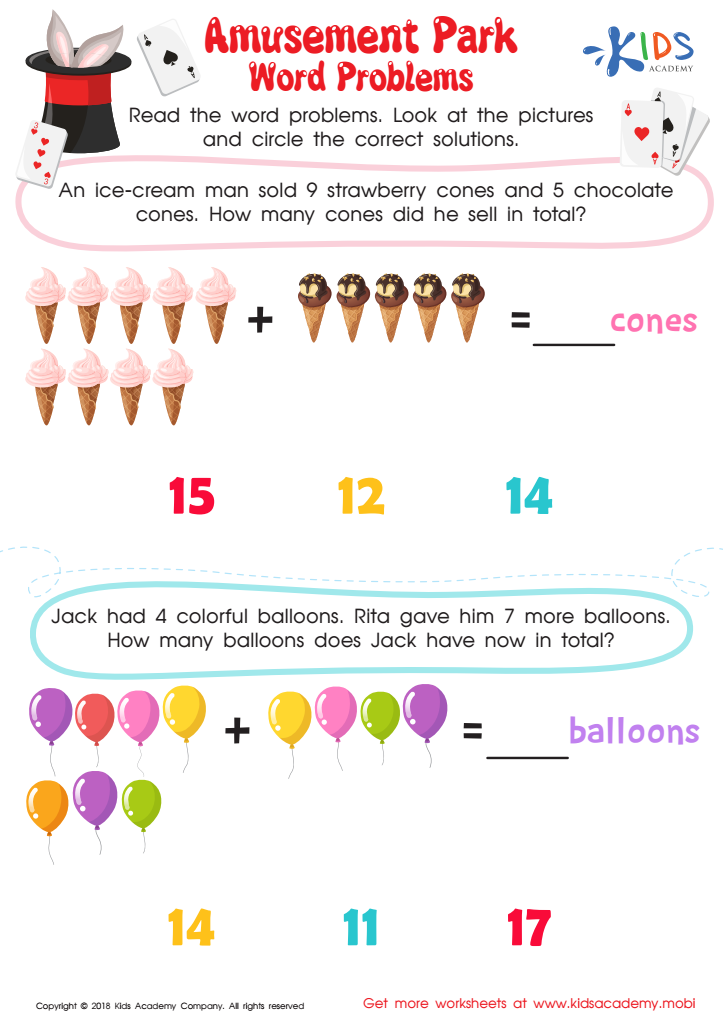

Amusement Park Word Problems Worksheet
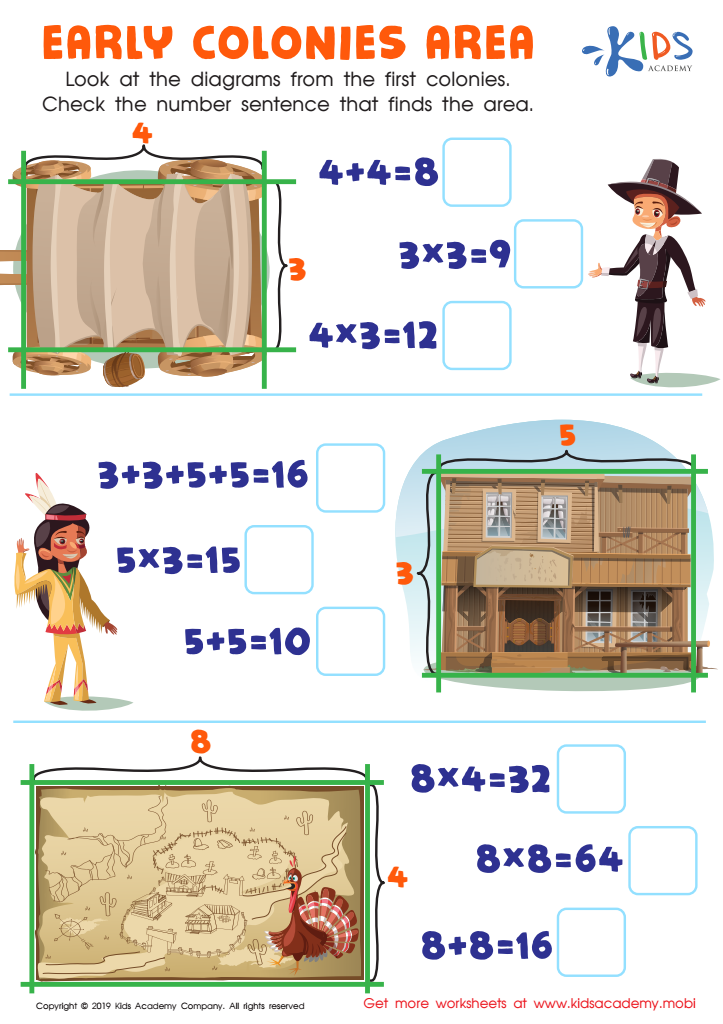

Early Colonies Area Worksheet
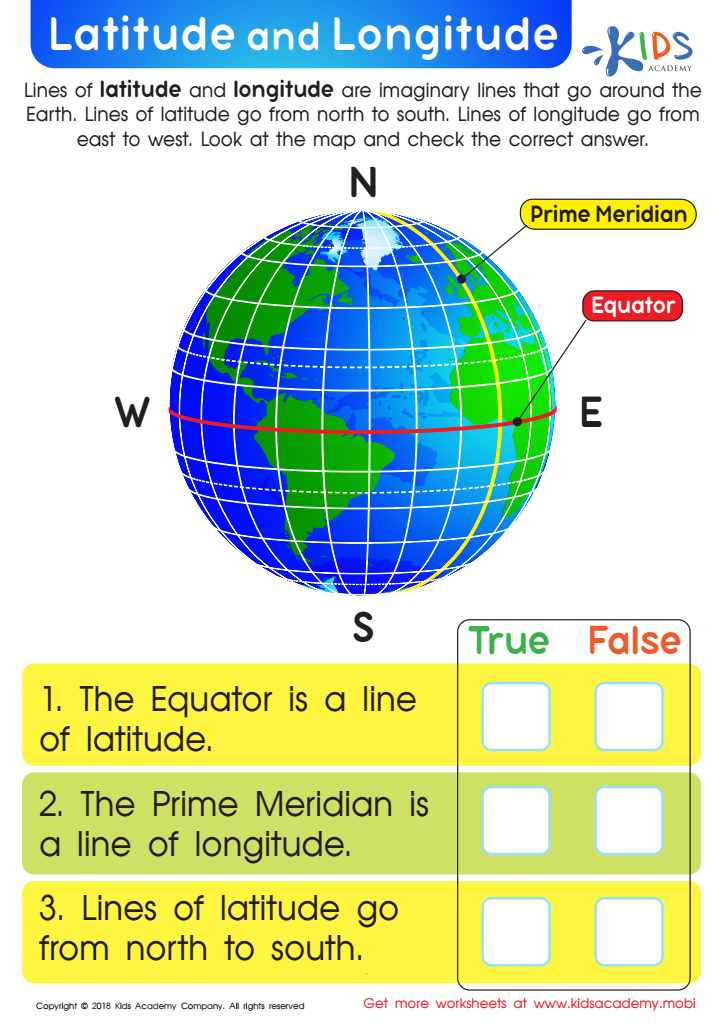

Latitude and Longitude Worksheet
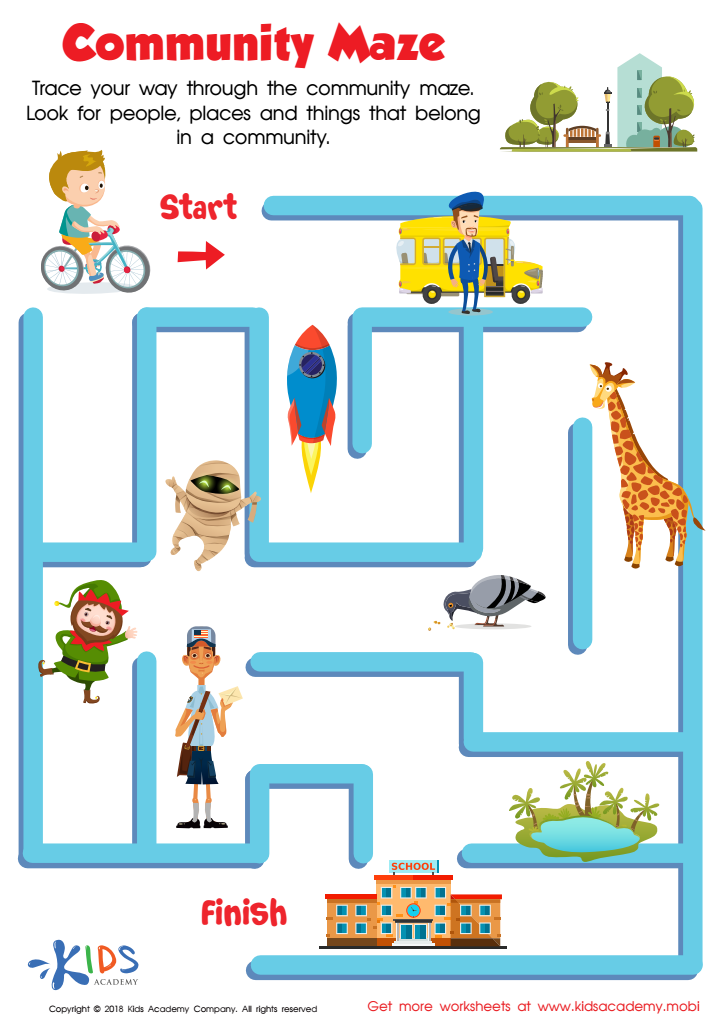

Community Maze Worksheet


Regions of the USA Worksheet


Seven Continents Worksheet


World Continents Worksheet
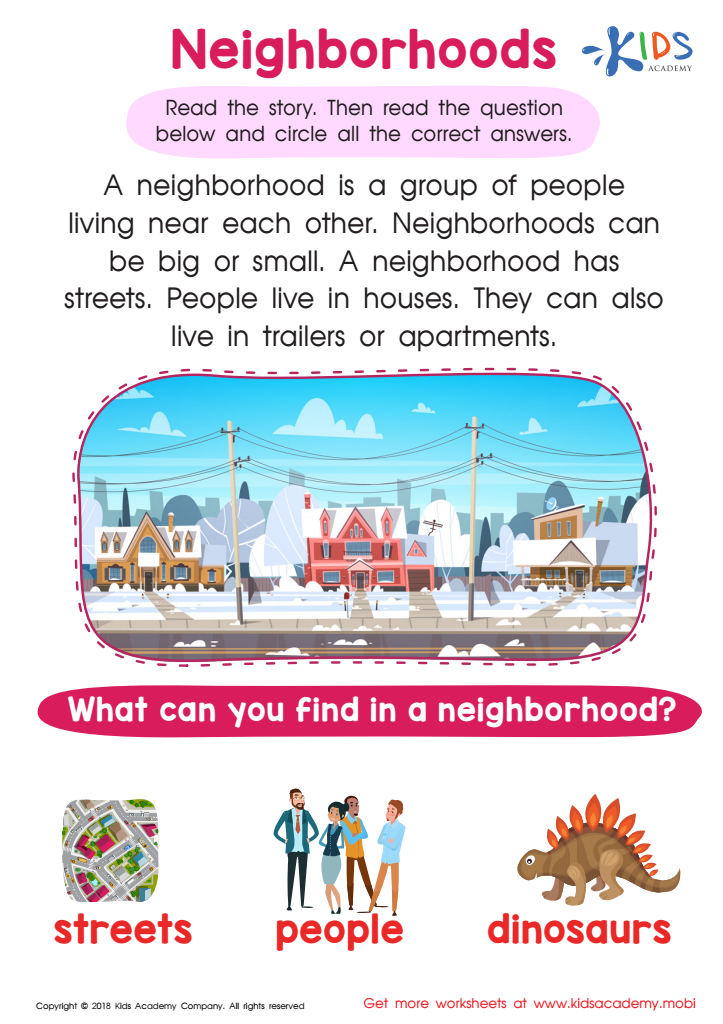

Neighborhoods Worksheet
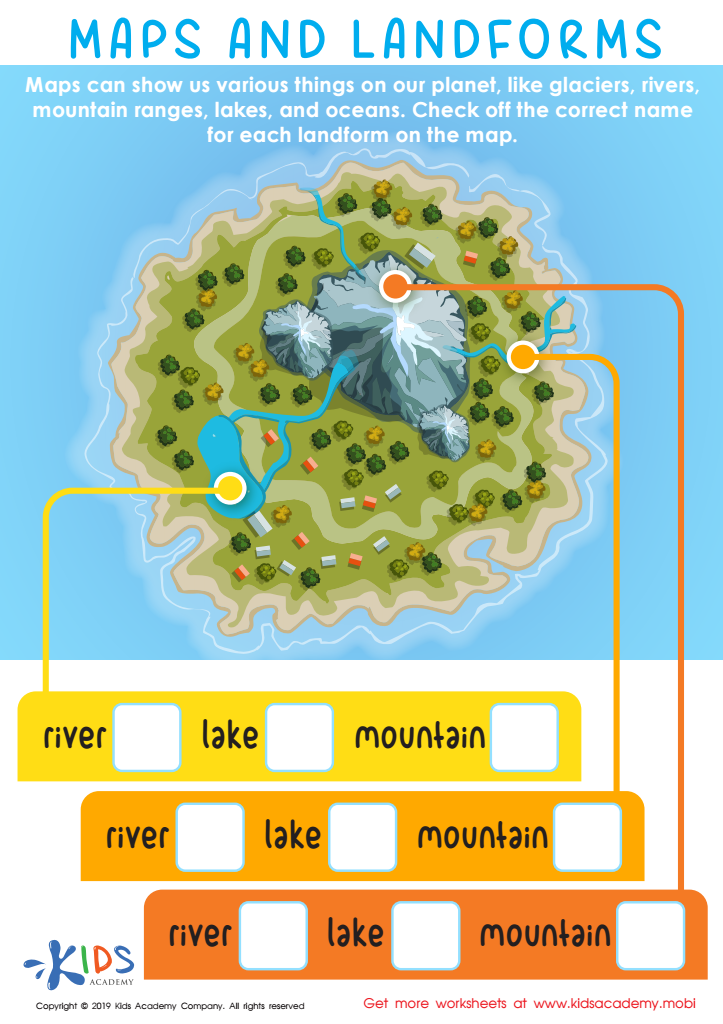

Maps and Landforms Worksheet
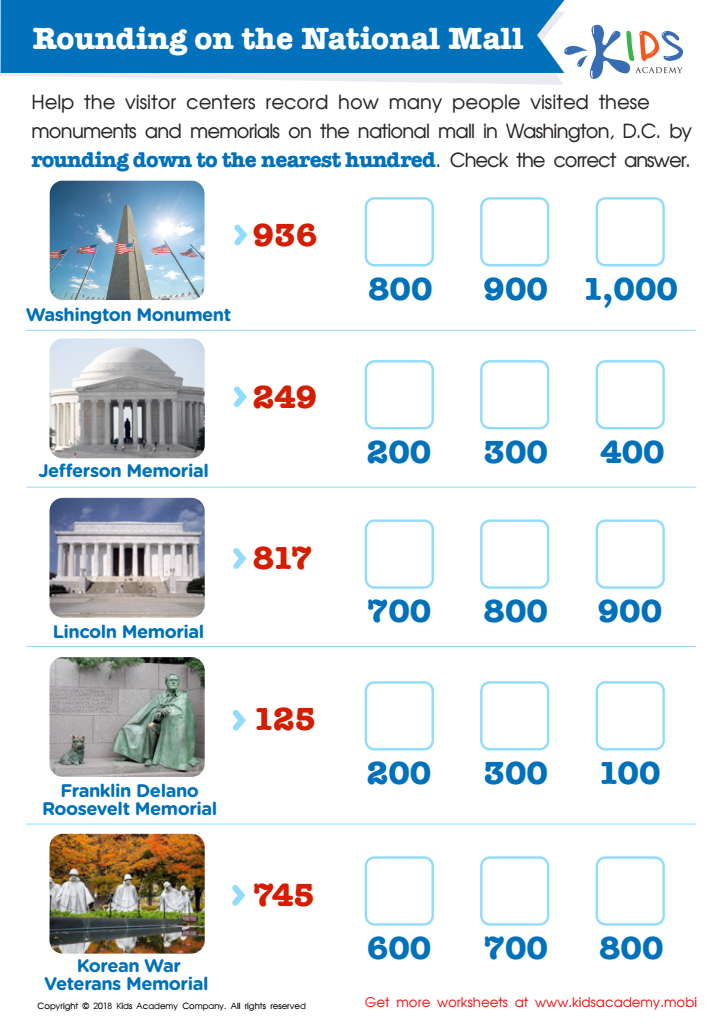

Rounding on the National Mall Worksheet
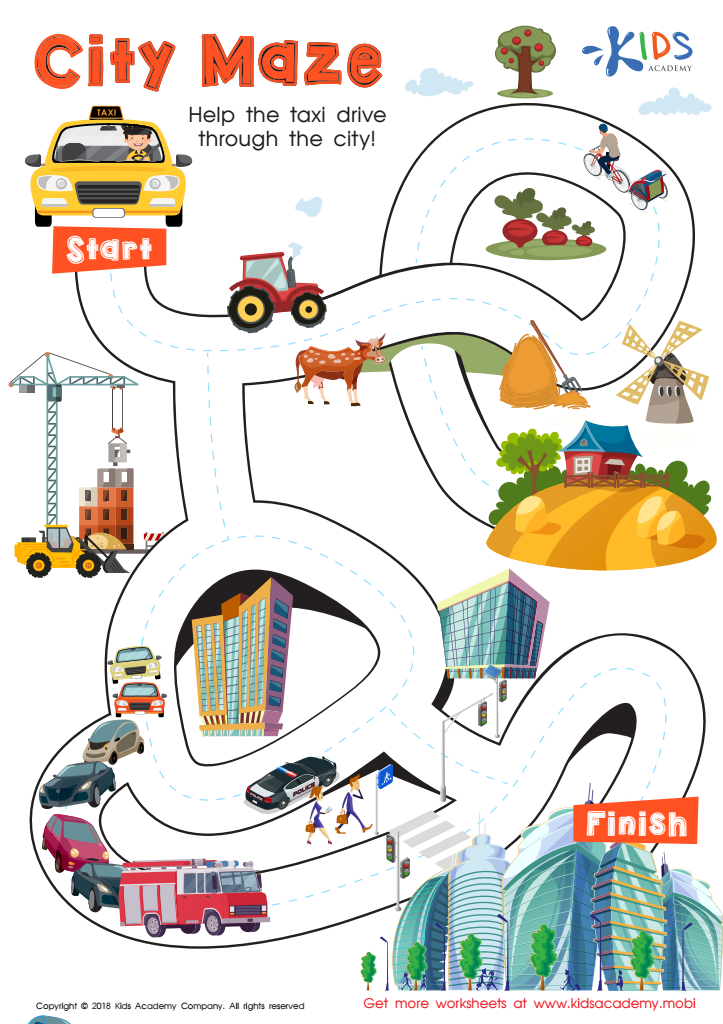

City Maze Worksheet
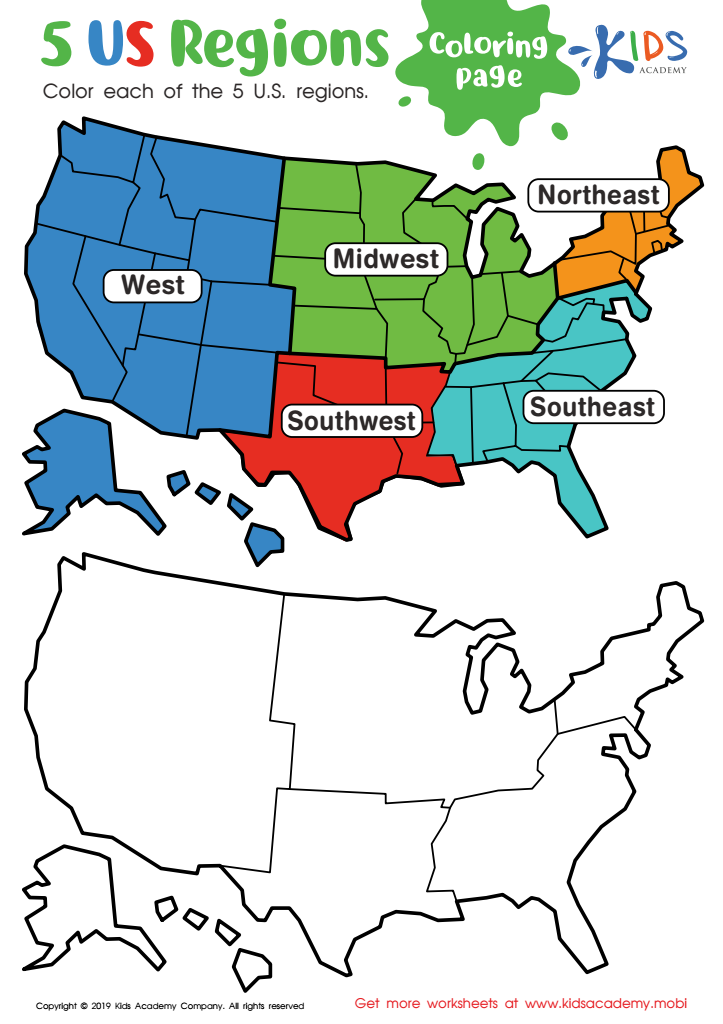

US Regions Coloring Page Worksheet
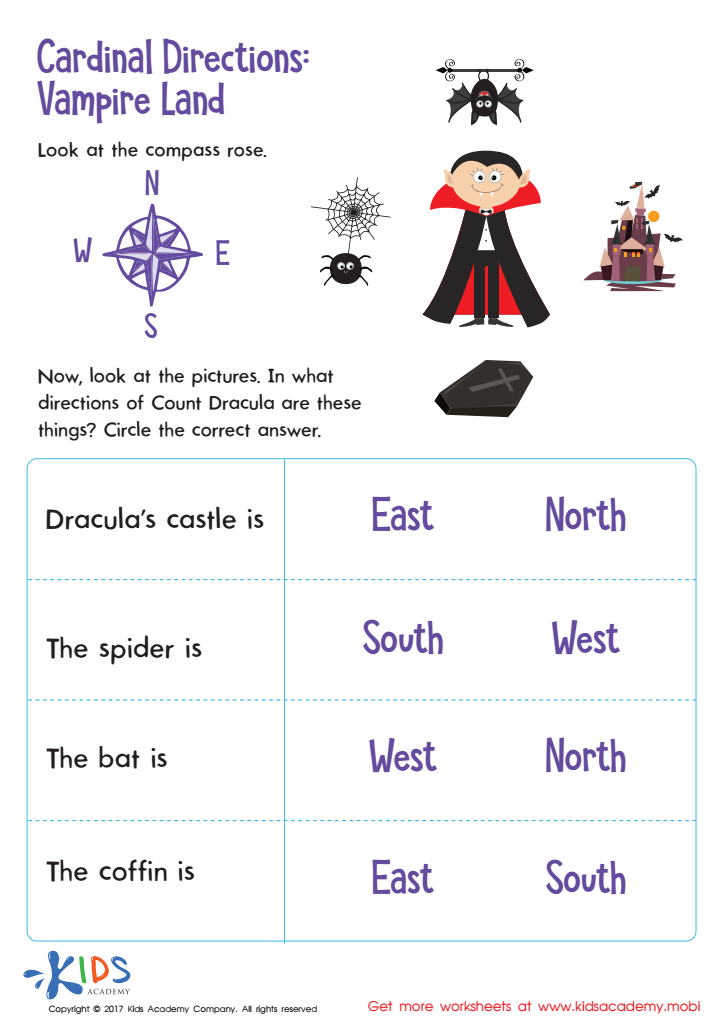

Cardinal Directions Printable


Arizona Coloring Page Worksheet


Towns Worksheet
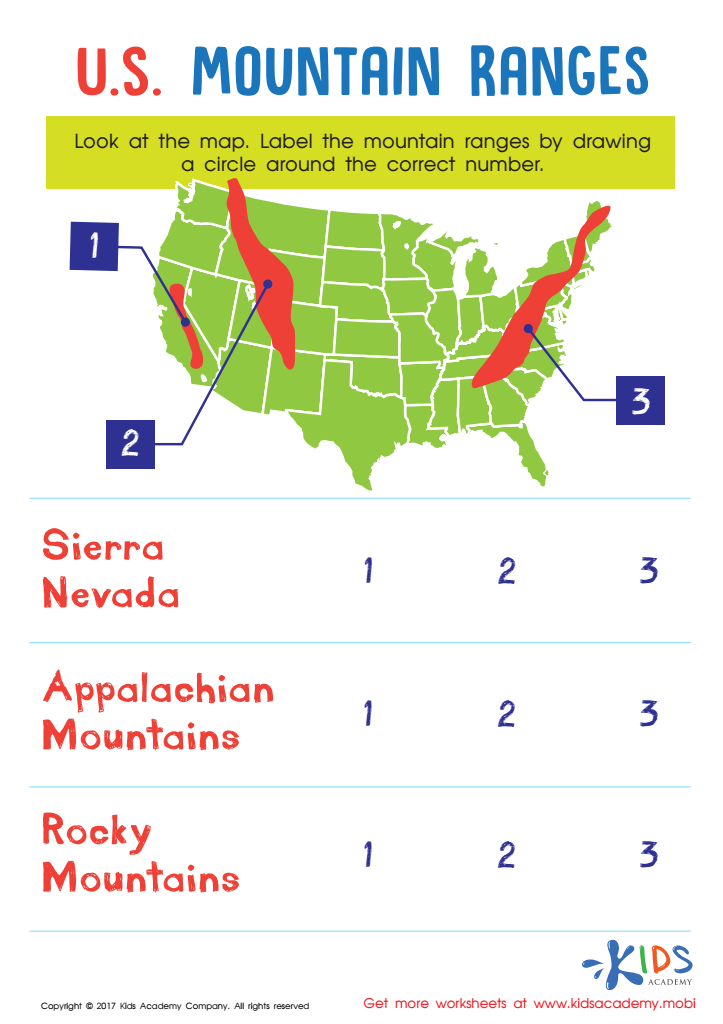

US Mountain Ranges Worksheet
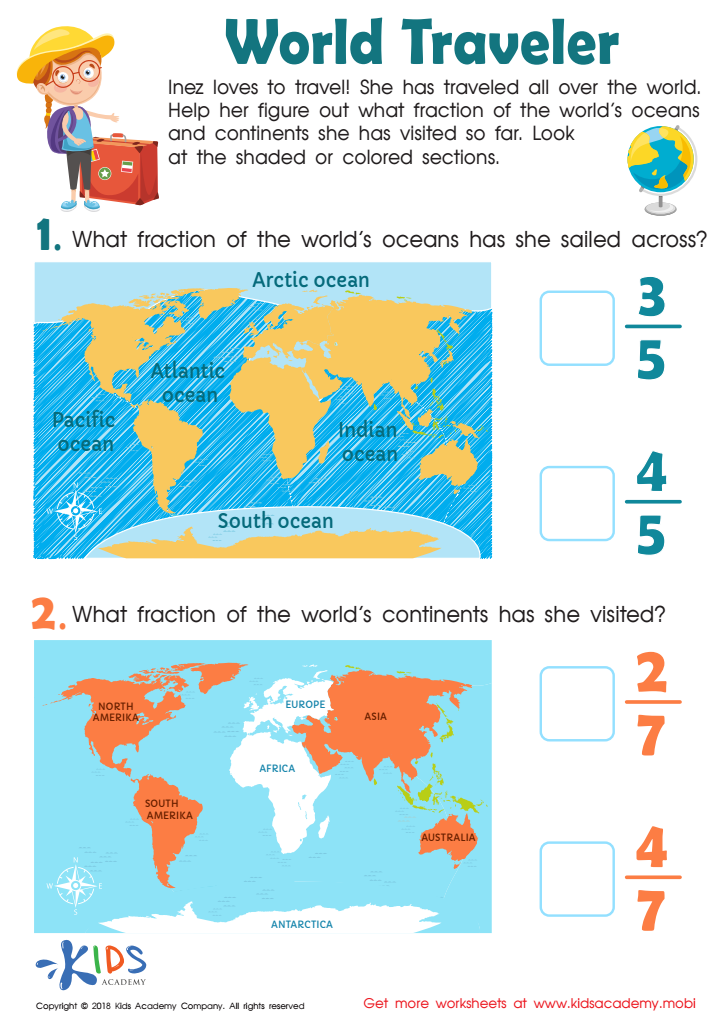

World Traveler Worksheet
Question/Answer
What are some effective activities to train students’ Map reading skill when teaching them about Geography?
Effective activities for training students in map reading skills include orienteering exercises, map scavenger hunts, creating their own maps based on specific criteria, using digital map tools for interactive learning, and comparing historical maps with current ones to identify changes over time. Incorporating these activities can make learning geography dynamic and enhance spatial understanding.
How to train the Map reading skill in Grade 1 students learning about Geography?
To train Grade 1 students in map reading, start with simple maps, such as those of a classroom or home. Use symbols and landmarks they are familiar with. Engage them with hands-on activities like creating their maps, following routes on a map, and identifying basic map elements (e. g. , key, compass rose).
How does the mastery of the Map reading skill affect a student's performance at an early age?
Mastery of map reading at an early age significantly enhances a student's spatial thinking, orientation skills, and ability to understand geographic information. This foundational skill contributes to better navigation abilities, critical thinking, and problem-solving, positively impacting academic performance across various subjects, including geography, math, and science. It fosters independence and confidence in interpreting and interacting with the physical world.

 Assign to the classroom
Assign to the classroom
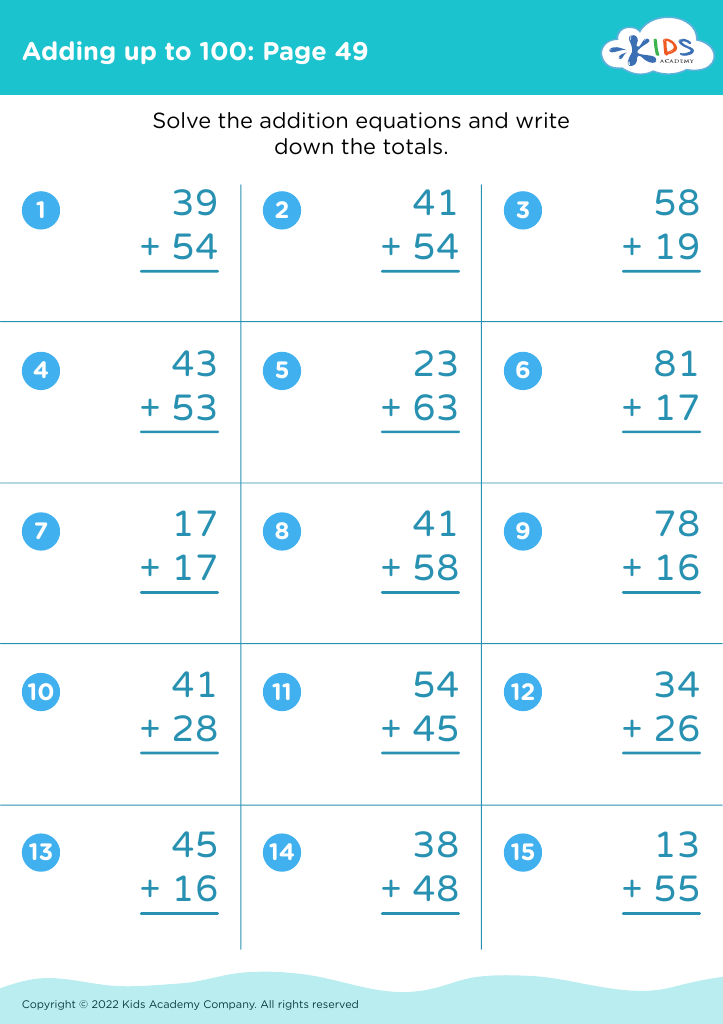


.jpg)
